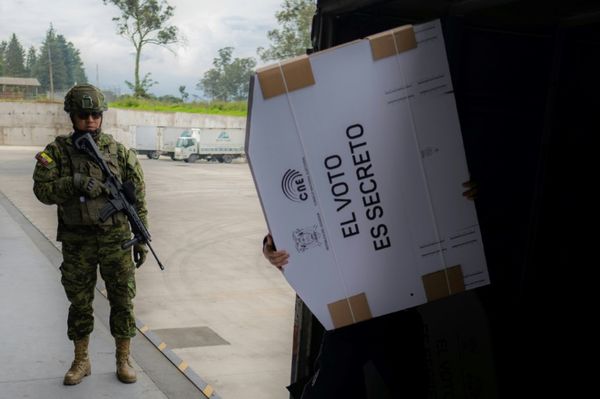
Kei cars, a distinctive segment of small city cars in Japan, have gained immense popularity in their homeland for their compact size, fuel efficiency, and affordability. These vehicles, known for their nimble maneuverability and economical engines with capacities not exceeding 660cc, are a common sight on Japanese roads. The popularity of kei cars is largely attributed to the country's narrow urban streets, high population density, and stringent regulations that incentivize the use of compact vehicles. Excitingly, the introduction of the HW Electro Puzzle, a kei van concept, is accompanied by the announcement that it is most likely coming to the open roads of the United States.
The Puzzle was unveiled in concept form during the Japan Mobility Show in October and is now showing its final production form. During a preview event held in New York, the company that created the Puzzle confirmed it aims to start deliveries of the electric van in the United States at some point in 2025. More details are expected in the coming months.
Gallery: HW Electro Puzzle







However, we already know some of the basic specifications of the electric van and a quick look at its exterior dimensions shows it is just 133.7 inches long and 58.1 inches wide. These are typical kei car dimensions, meaning it is smaller than even the smallest new cars you can buy today in the United States. The maximum load capacity is currently estimated at around 770 pounds making the little cargo carrier suitable for deliveries in congested city areas.
Details about the electric powertrain sitting under that boxy body aren’t known at the moment, though the Japanese company says the vehicle will use a lithium iron phosphate battery pack, which should be enough for a range of up to 125 miles between two charges. Three photovoltaic panels sit on the roof to extend the range but their efficiency widely depends on the weather conditions.
Interestingly, there’s a compartment on the passenger side of the body, which provides access to a first aid kit, AC power outlets, and USB ports from the outside. The charging port of the traction battery sits in a similar compartment on the driver’s side. Some of the exterior panels have dual functions and can be used in various places around the vehicle’s frame – for example, the panel under the headlights on the front fascia can be also mounted above the windshield. This measure should lower manufacturing costs.







